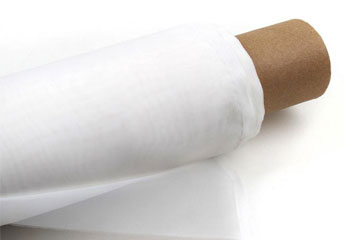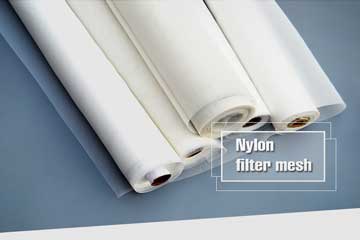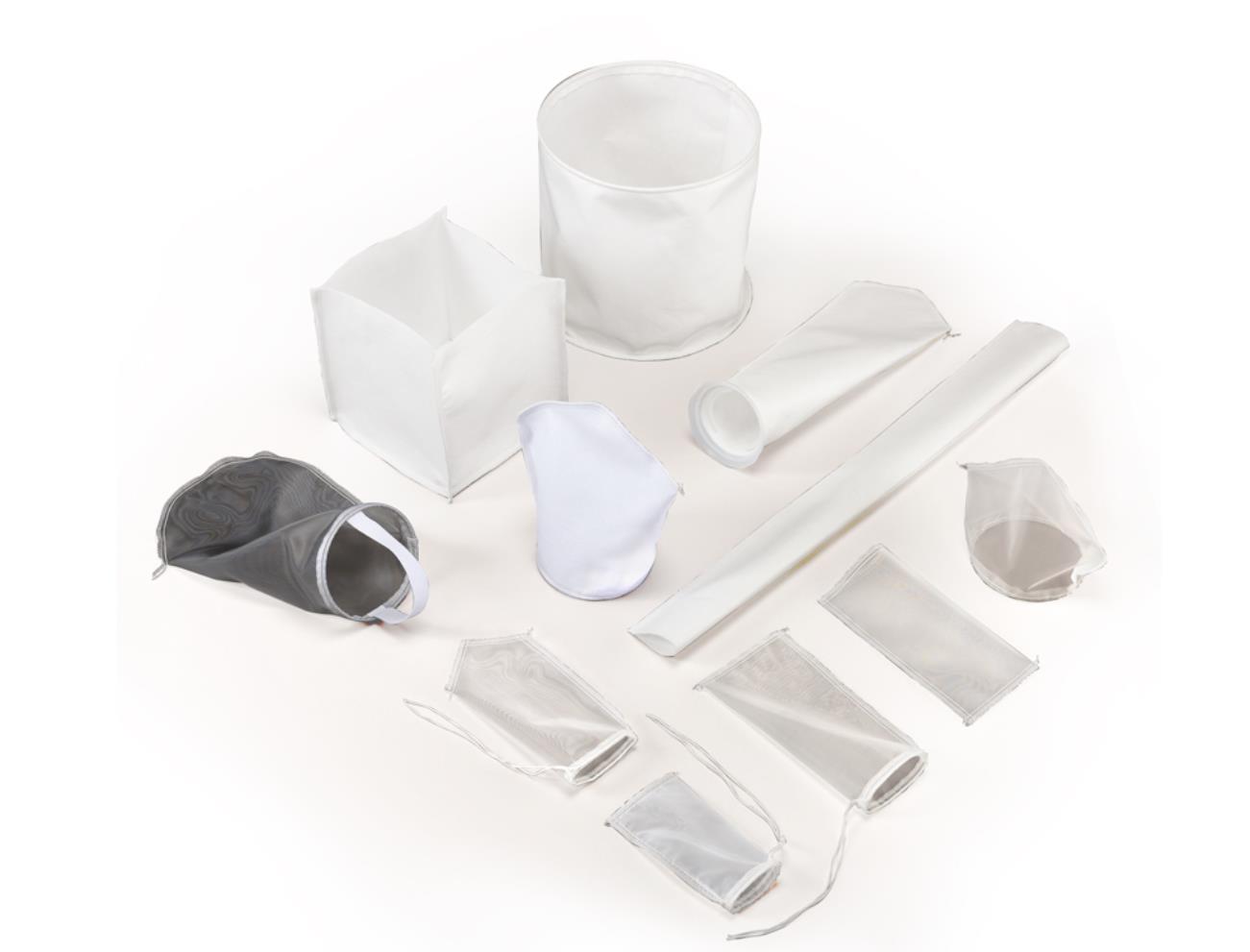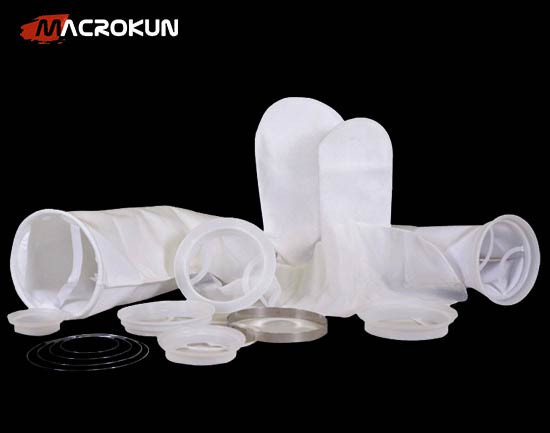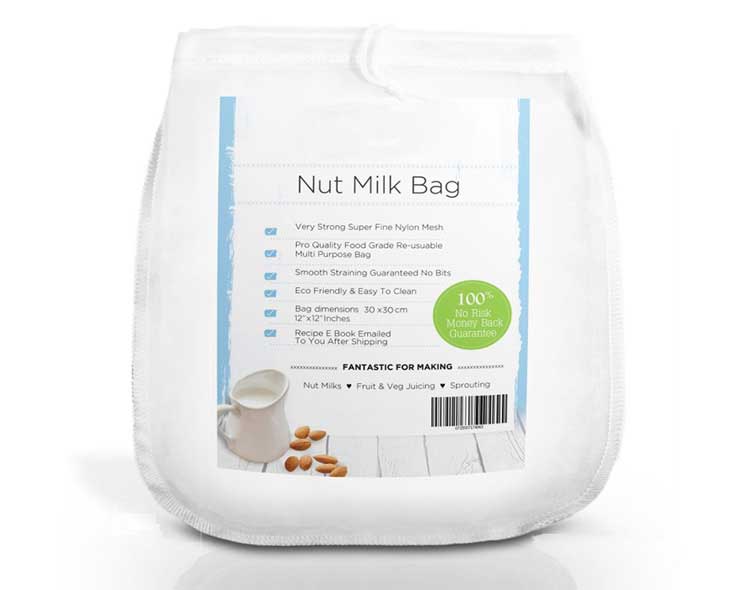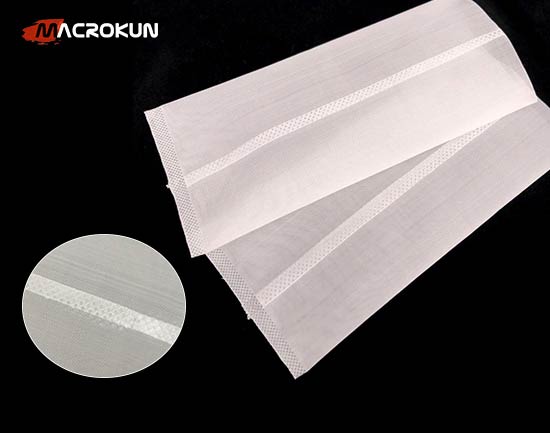Why the nylon filter membrane pore size matters — pick the right membrane for consistent results
When labs and production lines talk about filtration, they quickly learn that the nylon filter membrane pore size is more than a technical number it directly affects sample integrity, instrument uptime, and long-term costs. Getting the pore size wrong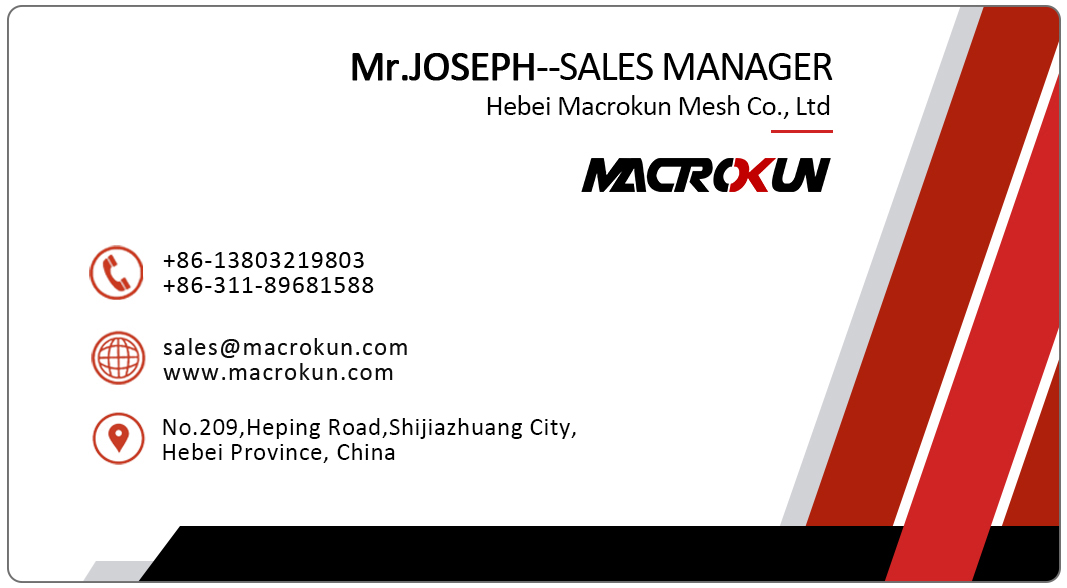
When labs and production lines talk about filtration, they quickly learn that the nylon filter membrane pore size is more than a technical number — it directly affects sample integrity, instrument uptime, and long-term costs. Getting the pore size wrong can lead to clogged columns, misleading analyses, or unnecessary double-filtering. This guide explains what the phrase means in practical terms, how to choose the right size and format, and how to buy and validate membranes so your team spends time doing science, not troubleshooting.
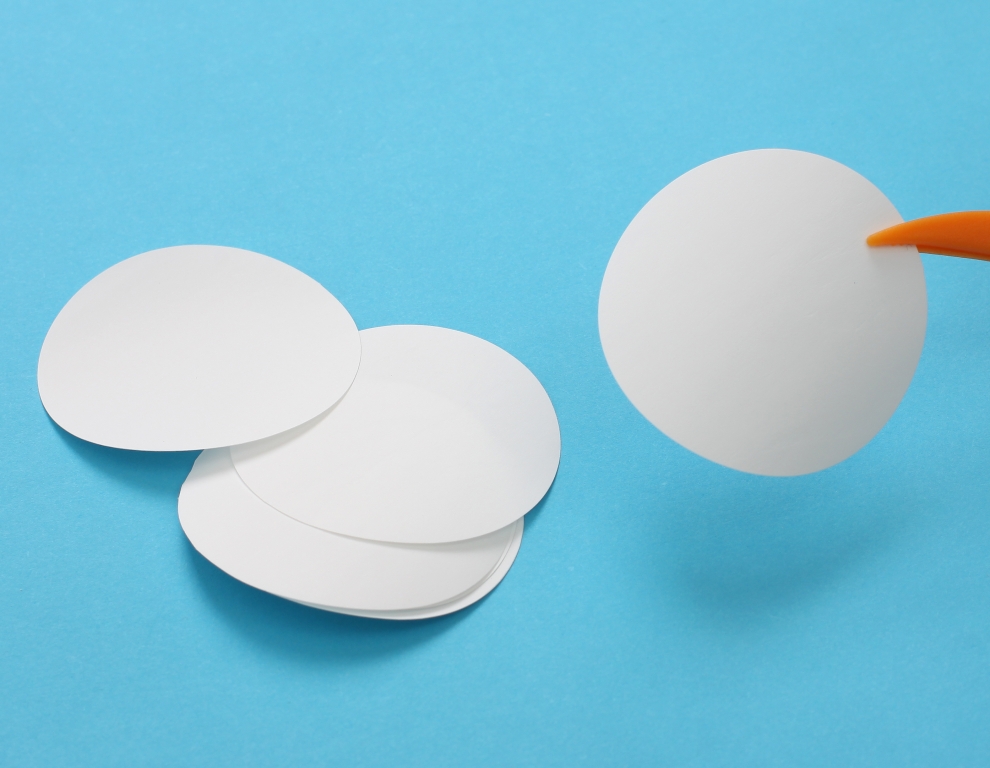
What “nylon filter membrane pore size” actually means
At its core, the nylon filter membrane pore size is the nominal diameter of the membrane’s open pores (expressed in micrometers, µm). Common lab choices include 0.1, 0.2/0.22 and 0.45 µm; the smaller the number, the finer the filtration. Nylon is a hydrophilic polymer used to make membranes that wet readily with water and many polar organic solvents, which is why it frequently appears in sample preparation and analytical contexts. Suppliers and product pages typically list both the pore size and the formats available (syringe filters, discs, large sheets), so matching pore size and format to your workflow is the first practical step.
Why pore size is a practical decision, not an academic one
Choosing a nylon filter membrane pore size is about deciding what you must remove and what you must retain. For routine particulate removal before HPLC, a 0.45 µm membrane removes larger particulates quickly with faster flow. For sterile filtration or bacterial removal, choose 0.22 µm — it retains smaller biological contaminants at the cost of slower flow and higher backpressure. Many labs use a staged approach: prefilter with a larger pore size, then finish with a finer membrane when necessary. This approach extends filter life and avoids wasting expensive fine membranes.
Common formats and how they change your choice
Format matters almost as much as the nylon filter membrane pore size. Typical formats include:
-
Syringe filters (13 mm, 25 mm): best for single-sample prep and small volumes.
-
Disc filters (25, 47, 90 mm): work well in manifolds for batch processing.
-
Large sheets or rolls: used for preparative scale or custom housings.
If you are buying for a bench with low throughput, stock single syringe filters in the correct pore size. If you run batch clarifications daily, 47 mm or 90 mm discs in the right pore size provide faster, more economical processing.
Material behavior — why nylon is often chosen
Nylon’s hydrophilicity and solvent tolerance are central to choosing a nylon filter membrane pore size. In many analytical tasks nylon offers:
-
Fast wet-out with water and polar organics, reducing prep steps.
-
Low extractables in quality grades, important for trace analysis.
-
Good mechanical strength, particularly when supported by a polyester backing.
For HPLC sample prep and many QC use cases, nylon’s balance of properties makes it a preferred membrane material — but as always, check the supplier’s chemical compatibility data for your specific solvent system.
Which pore sizes to choose for typical applications
Here are quick, practical rules of thumb tied to the nylon filter membrane pore size:
-
0.45 µm — general clarification, quick particulate removal, prefiltration ahead of finer steps; good throughput with lower clogging risk.
-
0.22 µm (0.2 µm) — when sterility or bacterial removal is required; use when validated for sterile filtrations.
-
0.1 µm — specialized tasks requiring very fine particle exclusion or where nanoscale particulates matter.
Always align the pore size with both the analytical requirement (what you must exclude) and the downstream tolerance (what your column or equipment can withstand).
How pore size affects flow rate and lifetime
Smaller nylon filter membrane pore size yields slower flow and increases the chance of clogging when particle load is high. If you have turbid or particle-rich samples, consider a staged system: a coarse prefilter followed by your target pore size. This extends the useful life of the finer membrane, reduces total cost, and maintains sample integrity.
Purchasing considerations tied to pore size
When you shop, items to check on the product page (or ask your vendor) include:
-
Exact pore size and pore size distribution (COA available?).
-
Format and diameter to fit your holders or syringes.
-
Sterility or sterilization method if you intend to use the membrane for sterile filtration.
-
Backing/support (supported membranes handle vacuum and handling better).
-
Extractables / leachables data for trace analyses.
A clear COA that confirms pore size and extractables will save time and provide evidence for quality audits. Scientific Filters Support+1
How to validate a vendor sample (practical steps)
Before scaling purchases, validate like this:
-
Order a small sample pack in the desired nylon filter membrane pore size and format.
-
Run a representative sample through the filter and check flow rate, appearance of filtrate, and any color or odor indicating extractables.
-
If intended for sterile uses, perform microbial retention tests or follow your lab’s validation protocol.
-
Compare results against the vendor COA.
This short validation routine prevents common surprises and builds confidence in the batch you receive.
Cost, packaging and inventory planning
The unit price changes with pore size only modestly; format and pack quantity matter more. Syringe filters sold singly cost more per unit than bulk packs of discs. For budgeting, compute cost per filtered sample including filter, handling time, and disposal. For high throughput work, bulk discs in the right nylon filter membrane pore size almost always reduce total cost.
Common mistakes teams make (and how pore size plays a role)
-
Choosing the finest pore size by default — this causes frequent clogging and unnecessary expense. Pick the coarsest pore that still meets your analytical needs.
-
Skipping prefilters for dirty samples — this shortens fine membrane life.
-
Not verifying format or backing — wrong disc diameter or unsupported discs for vacuum use cause leaks and torn membranes.
-
Ignoring COAs — without COA verification, you risk batch variability.
A short procurement checklist for teams
-
Confirm desired nylon filter membrane pore size and match to intended use.
-
Choose format (syringe/disc/roll) and diameter.
-
Request COA and extractable data for sensitive analyses.
-
Order sample; validate with a representative matrix.
-
Scale to bulk orders only after acceptance testing. Sterlitech
Final sales-oriented thought — why attention to pore size pays off
In practice, a deliberately chosen nylon filter membrane pore size does more than filter particles — it stabilizes workflows, reduces instrument interruptions, and lowers cumulative operating costs. For procurement teams, the best investment is a repeatable validation process (sample → test → COA check → bulk order) and a small buffer stock of validated membranes in the formats and pore sizes you actually use. That combination converts a commodity purchase into a predictable operational input.
RELATED PRODUCTS
RELATED ARTICLES
Tags:
